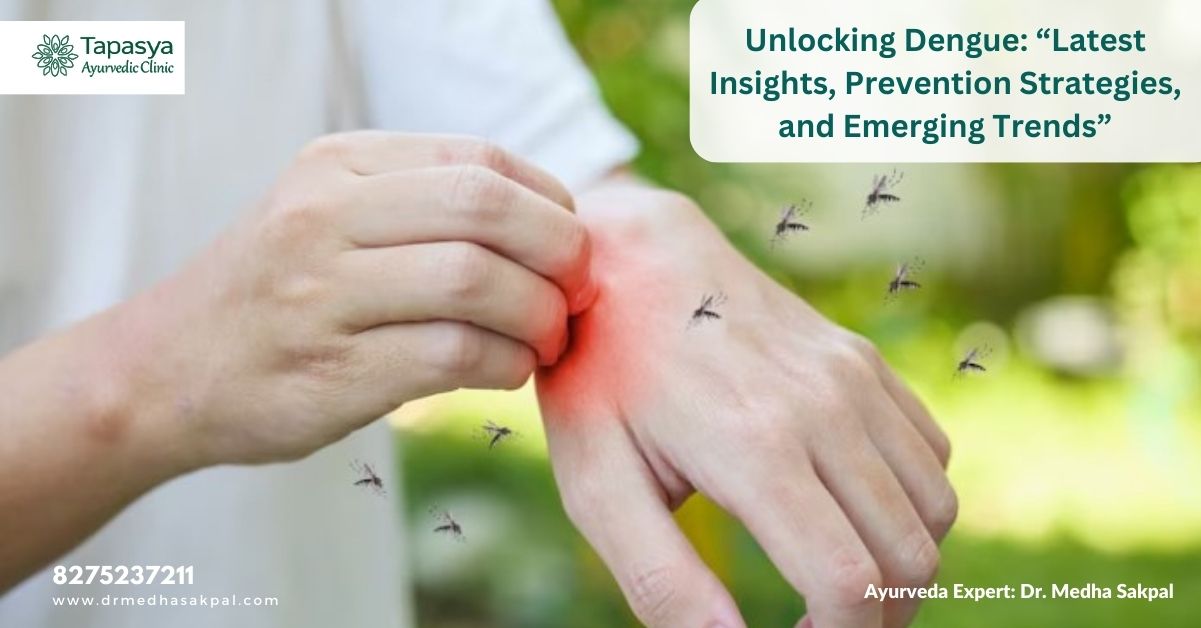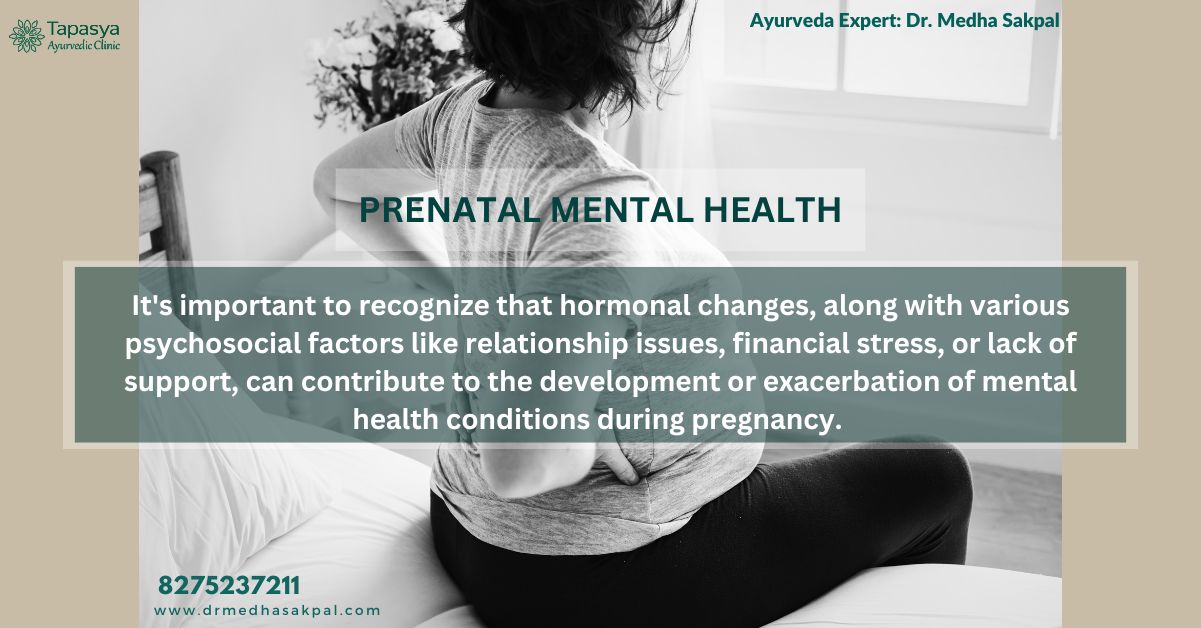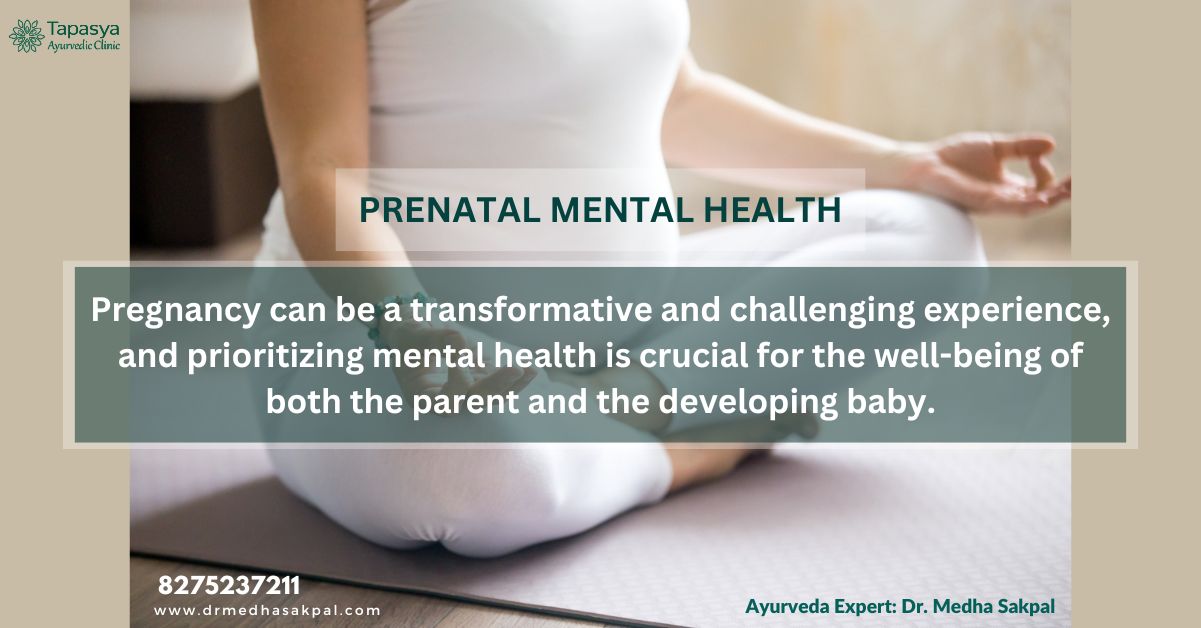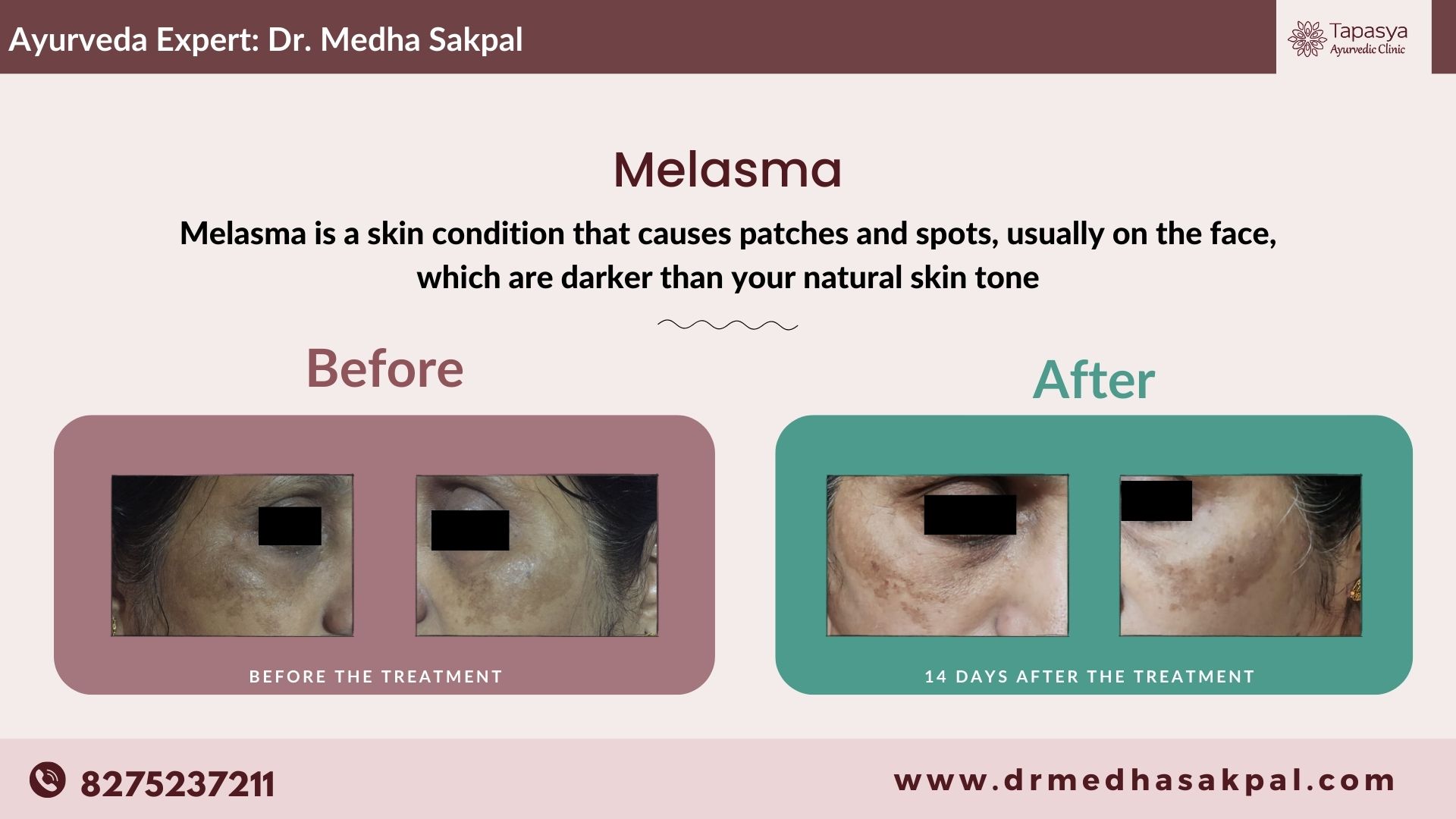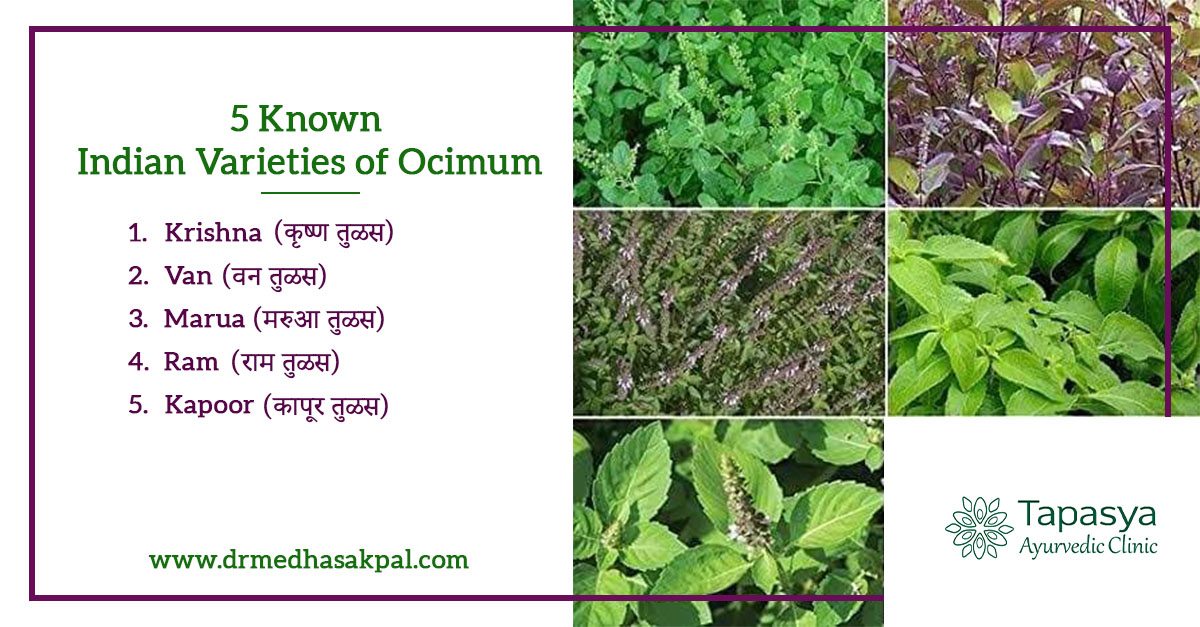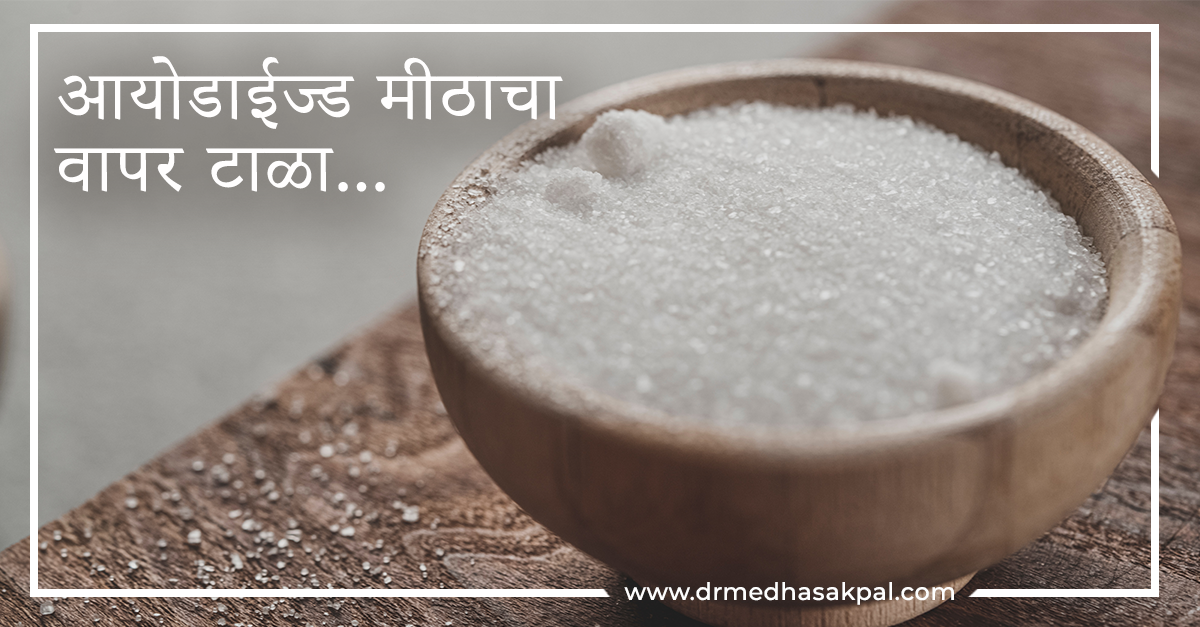Cardiovascular issues have become a major concern post-COVID era. COVID-19 is a respiratory illness caused by the SARS-CoV-2 virus, but it can also have a significant impact on the cardiovascular system. Studies have shown that COVID-19 patients are at an increased risk of developing cardiovascular complications such as myocarditis, arrhythmias, heart failure, and blood clots. Myocarditis is an inflammation of the heart muscle that can cause chest pain, fatigue, and shortness of breath. Arrhythmias are abnormal heart rhythms that can cause dizziness, fainting, and even sudden cardiac arrest. Heart failure is a condition in which the heart cannot pump enough blood to meet the body's needs. Blood clots can also form in the veins, leading to deep vein thrombosis, pulmonary embolism, or stroke.
According to a study published in the Journal of the American College of Cardiology in 2021, India is one of the countries that have reported a high number of cardiovascular complications in COVID-19 patients. The study reported that in India, up to 28% of COVID-19 patients experienced cardiovascular complications, such as myocardial injury, myocarditis, arrhythmias, and heart failure. It also stated that the mortality rate for COVID-19 patients with cardiovascular complications was higher than those without complications. Another study published in the Indian Heart Journal in 2021 reported that the number of patients presenting with acute coronary syndrome (ACS) in India had significantly decreased during the COVID-19 pandemic, possibly due to fear of visiting hospitals. However, the study also reported an increase in the severity of ACS cases, with a higher incidence of cardiogenic shock and in-hospital mortality.
Even after recovering from COVID-19, some patients may experience long-term cardiovascular complications. These complications can lead to a reduced quality of life and increased healthcare costs. It's important for healthcare providers to closely monitor COVID-19 patients for cardiovascular complications and provide appropriate treatment. Prevention is also key in managing cardiovascular issues post-COVID era. Adopting a healthy lifestyle that includes regular exercise, a balanced diet, and avoiding smoking can help reduce the risk of developing cardiovascular complications. It's also important for COVID-19 patients to follow up with their healthcare provider regularly and to report any new symptoms or changes in their health.
Thermoregulation and cardiovascular health are also closely related. The human body has a natural ability to regulate its internal temperature through a process called thermoregulation. This process helps maintain the body's core temperature within a narrow range that is required for optimal physiological function. The cardiovascular system plays a vital role in this process by regulating blood flow to different parts of the body and by maintaining blood pressure. When the body temperature rises above normal, the cardiovascular system responds by dilating blood vessels, which increases blood flow to the skin and allows heat to be dissipated. This process is known as vasodilation. The heart also beats faster to increase blood flow and the production of sweat increases to help cool the body. On the other hand, when the body temperature falls below normal, the cardiovascular system responds by constricting blood vessels, which reduces blood flow to the skin and conserves heat. This process is known as vasoconstriction. The heart rate slows down to conserve energy, and shivering occurs to generate heat. However, if the body is unable to regulate its temperature effectively, it can have negative effects on cardiovascular health. For example, prolonged exposure to extreme heat can cause dehydration, heat exhaustion, and heat stroke, which can lead to cardiovascular complications such as low blood pressure, irregular heart rhythms, and even heart attacks. Similarly, exposure to extreme cold can cause hypothermia, which can also have negative effects on cardiovascular health.
Therefore, it is important to maintain a healthy body temperature through proper thermoregulation to promote cardiovascular health. This can be achieved by:
- Staying hydrated,
- Avoiding prolonged exposure to extreme temperatures, and
- Dressing appropriately for the weather.
- Additionally, regular exercise and a healthy diet can help maintain optimal cardiovascular function, which can also aid in thermoregulation.
-
Walking :
Walking is a low-impact exercise that is easy to do and doesn't require any special equipment. Walking can improve your cardiovascular health, help you maintain a healthy weight, and reduce stress. -
Cycling :
Cycling is a great way to get your heart rate up and improve your cardiovascular health. You can cycle outdoors or use a stationary bike at home or gym. -
Swimming :
Swimming is a low-impact exercise that is easy on the joints and can improve cardiovascular health. It's also a great way to improve lung capacity. -
High-Intensity Interval Training (HIIT): :
HIIT workouts involve short bursts of high- exercise followed by periods of rest. This type of exercise can help improve cardiovascular health and burn calories. -
Aerobic Dance :
Aerobic dance classes are a fun way to get your heart rate up and improve cardiovascular health. Many gyms and community centers offer these types of classes. -
Rowing :
Aerobic dance classes are a fun way to get your heart rate up and improve cardiovascular health. Many gyms and community centers offer these types of classes.
Cardiovascular exercise is an essential component of maintaining heart health, especially after recovering from COVID-19. Here are some top exercises for improving cardiovascular health post-COVID:
Remember to start slowly and gradually increase the intensity and duration of your workouts. It's also important to consult with your doctor before starting any new exercise program, especially after recovering from COVID-19.







